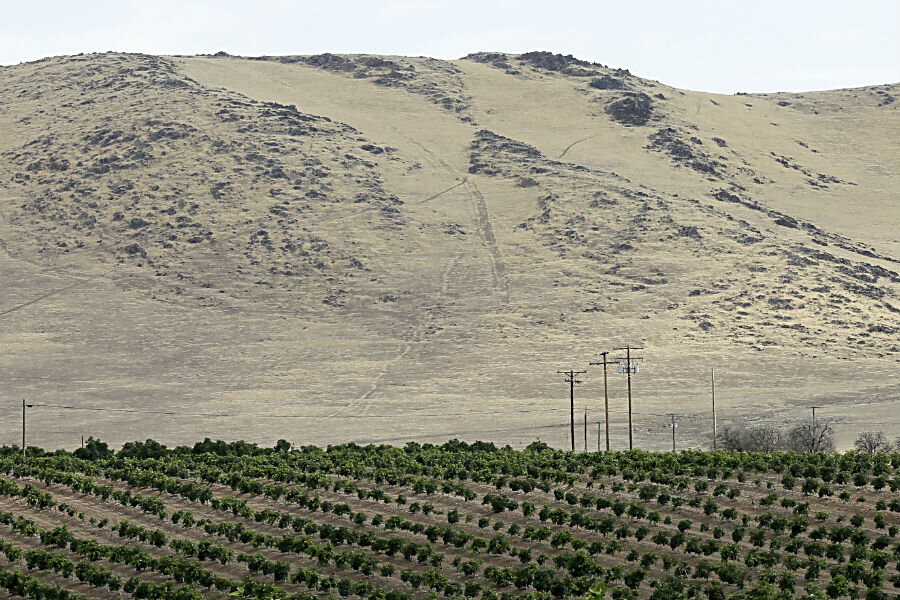California's Sierra Nevada snowpack shrinks to a 500-year low
Loading...
California's Sierra Nevada mountains haven't had this little snowpack since the days of Christopher Columbus.
That's the finding of a new study released Monday indicating this year the state has seen its lowest snowpack in 500 years, and climate change may cause greater water shortages in the already drought-stricken, wildfire-ravaged state.
This past spring, the mountain range had just 5 percent of the average snowpack recorded in the second half of the 20th century, and scientists said the findings indicated "the 2015 low is unprecedented in the context of the past 500 years."
The study found that the depth of snow at 108 measuring stations in the Sierra Nevada on April 1 was just 2.3 inches in "snow water equivalent" - the depth of the water if the snow melted - against an average 27.5 inches from 1930-2014.
“We were expecting that 2015 would be extreme, but not like this,” said senior study author Valerie Trouet, a paleoclimatologist at the University of Arizona, in an interview with the Los Angeles Times.
According to the newspaper, the new research is the latest attempt in a series of studies that seek to find scope and broader context for California’s four-year drought. Snowpack in the Sierra Nevada range, which runs along the spine of the Golden State, provides about 30 percent of California’s annual water supply.
The “low” finding was based on records of snowfall and temperatures gathered from annual growth rings of blue oaks and other trees in the mountain range, resulting in some reservations about extremes in past centuries.
The scientists also said the uncertainties in tree ring data indicated that a few years, mainly in the 16th century, might have had snowpack lows even lower than the 2015 numbers.
Still, the researchers caution the record low is an "ominous sign" of the severity of a historic drought that has plagued the state since 2012. The Sierra Nevada snowpack affects California from utilities to ecosystems, providing hydroelectric power and impacting wildfire risk, the scientists wrote in the journal Nature Climate Change.
"Sierra Nevada snowpack plays a critical role in replenishing the state's water reservoirs and provides 30 percent of its water supply," according to the study, led by the University of Arizona.
Global warming was projected to "further increase the probability of severe drought events," they wrote.
Over the weekend, California governor Jerry Brown declared a state of emergency in two counties where wildfires have rapidly grown, scorching hundreds of homes, and forcing thousands of residents to evacuate.
Ms. Trouet told Reuters there were reasons to believe that man-made warming "played an important role in the 2015 snowpack low" even though such extremes may be just freak natural events.
But there are forecasts that California's drought may ease – at least temporarily – soon. In July, the Climate Prediction Center, a National Weather Service agency, forecast an 80 percent chance that conditions would last through early spring.
"It definitely would increase the likelihood of heavy rains in the winter there, which would certainly improve their situation tremendously," said Donald Keeney, senior agricultural meteorologist with Maryland-based MDA Weather Services.
California could begin to get increased rainfall as early as October and definitely by November or December, Mr Keeney said.








